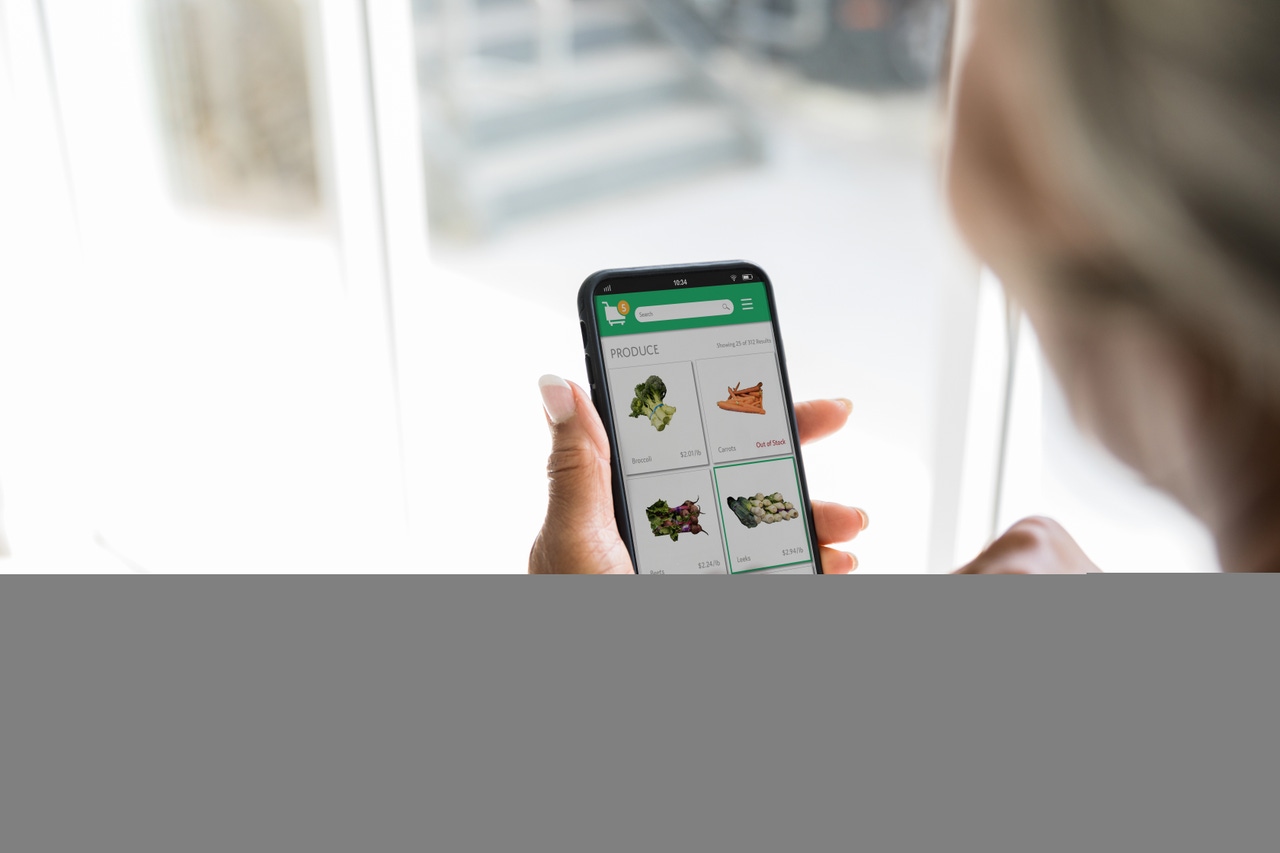Kroger, Albertsons, Safeway excel in digital ordering: reportKroger, Albertsons, Safeway excel in digital ordering: report
And 17 other brands were also leaders in the overall grocery shopping experience

TOP TAKEAWAYS
In 2023, the average number of shopping trips increased by 16%, while the average order value rose by 25%
Customers’ online shopping preference rose for national retailers like Walmart (56% to 59%) and online-only choices like Amazon (26% to 28%), but fell for third-party apps like Instacart (18% to 13%)
Digital shoppers like to use grocers’ apps for customer service (60%) and account management (55%) but prefer using a grocer’s website for search (52%) and ordering (65%)
Albertsons, Kroger, and Safeway excel in digital ordering and frictionless fulfillment, according to a recent report that looked at digital supermarket trends.
The joint report from Grocery Doppio, Incisiv, and Wynshop, also found that the warehouse club segment, including BJ’s and Costco, leads the grocery industry in overall digital maturity, surpassing other segments for the fifth year in a row.
Seventeen brands were named global leaders in the overall grocery shopping experience, through Grocery Doppio’s assessment methodology. This includes consistent performers like Albertsons, BJ’s, Carrefour, Costco, Food City, Hy-Vee, Jewel Osco, Kroger, Loblaws, Martin’s, Pick ‘N Save, Publix, Safeway, Target, Walgreens, Walmart, and Whole Foods.
The report also included a section where digital grocery leaders share what they see shoppers looking for, including filtering capabilities and comprehensive product information in search, multifunctional carts and payment flexibility in order and checkout, express delivery and convenient pick up options, and on-demand support during shopping, and the ability to personalize one’s account.
Additional key highlights of the report include:
Regional grocers offer a richer customer experience than national competitors in some areas: 90% of regional grocers excel in product substitutions vs. 65% of national grocers
Twenty percent of regionals have the capability to share cart orders/create group orders vs. 6% of nationals
Fifty percent of regionals offer express delivery in two hours or less versus 34% of nationals
Grocery shoppers’ habits and preferences are shifting: In 2023, the average number of shopping trips increased by 16%, while the average order value rose by 25
There was a 50% increase in orders over $100 in Q1 2023
Customers’ online shopping preference rose for national retailers like Walmart (56% to 59%) and online-only choices like Amazon (26% to 28%), but fell for third-party apps like Instacart (18% to 13%)
Digital shoppers like to use grocers’ apps for customer service (60%) and account management (55%), but prefer using a grocer’s website for search (52%) and ordering (65%)
“Online grocery has matured significantly since we began tracking the industry in 2018,” said Gaurav Pant, chief insights officer of both Incisiv and Grocery Doppio. “Grocers are seizing control of the entire shopper’s journey, crafting seamless experiences from initial search to final doorstep delivery, and ensuring that every webpage, click, and communication illustrates their commitment to excellence.”
“To stand out as a leader in digital grocery today requires a highly flexible and convenient user experience,” added Charlie Kaplan, chief revenue officer at Wynshop. “The top grocers on the leaderboard in 2023 have all invested in robust technologies that allow them to meet customers’ demands.”
About the survey
The report was built around an in-depth analysis of the top 152 national and international grocers by annual revenue across six industry sub-segments: hypermarkets, supermarkets, warehouse clubs, convenience stores, discount stores, and drugstores. Grocery retailers were each assessed according to 205 digital capabilities across four key areas: research and discovery, online ordering, frictionless fulfillment, and customer engagement and service. The report also includes findings from Incisiv’s Consumer Survey 2023 based on 10,000 respondents across the U.S. and observational assessment conducted on retailers’ digital channels
About the Author
You May Also Like






